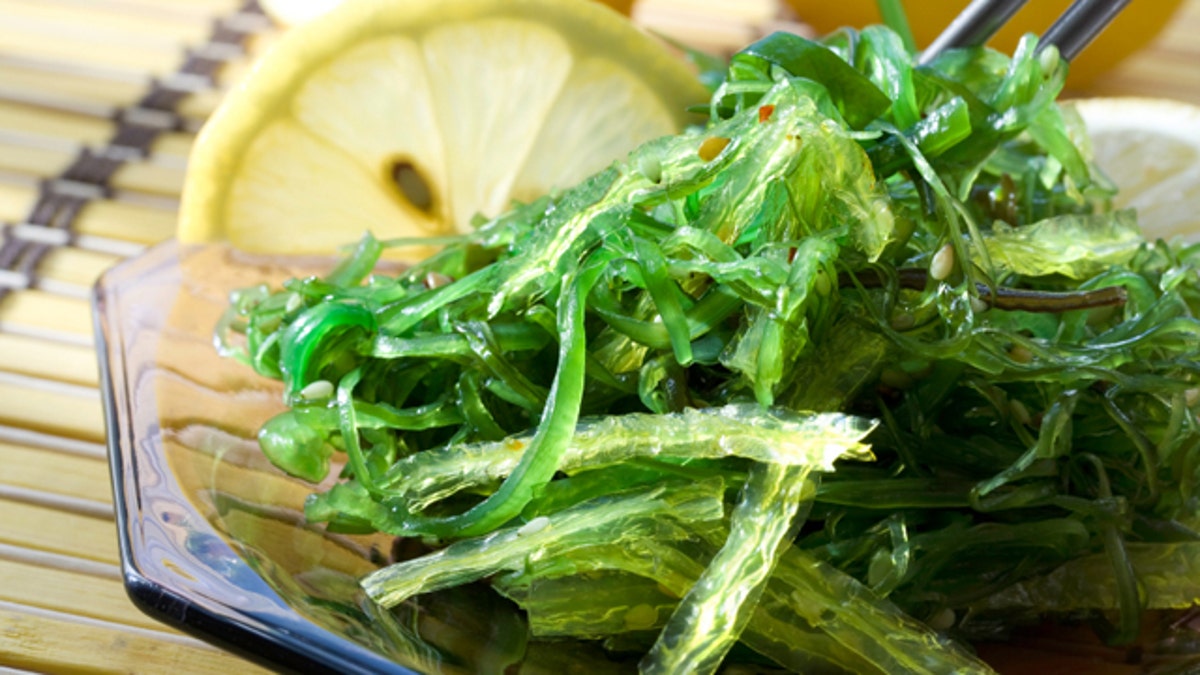
(iStock)
Saint Patrick, the patron saint of Ireland, probably ate fare similar to today's pricey health foods such as cereal, fish and seaweed, according to a researcher who has studied the country's 5th century diet.
Food historian Regina Sexton said records kept by monks showed that Patrick, who is credited with ridding Ireland of snakes and spreading the Christian message, most likely drew his sustenance from cereals and dairy produce such as sour milk, flavored curd mixtures and a variety of soft and hard cheeses.
"It is safe to say that obesity was not a problem in those days, and that the fare was seasonal, wholesome and modest by today's standards," said Sexton of University College Cork.
Having arrived in Ireland as a slave after what was probably a cold and hungry journey from Britain, the future saint most likely snacked on wet preparations like porridge, gruel and meal pastes.
Other culinary delights he could choose from included hen and goose eggs, honey, curds, seaweeds and apples, which he could garnish with a dash of wild garlic or watercress.
Fish like salmon, trout and eel or meats like hand-cured pork were also on 5th century Irish menus, while flat breads made from oats, barley, a little rye and some of the altogether more exclusive wheat, added some bulk.
"Ironically, much of the food available then is what we call 'health food' now, which comes of course, at a premium price," Sexton said.
St Patrick's Day is celebrated every 17 March, with revelers sporting green attire, drinking Dublin's famous black brew Guinness, listening to traditional music and attending parades in honor of the saint who played an important role in converting Ireland to Christianity.
